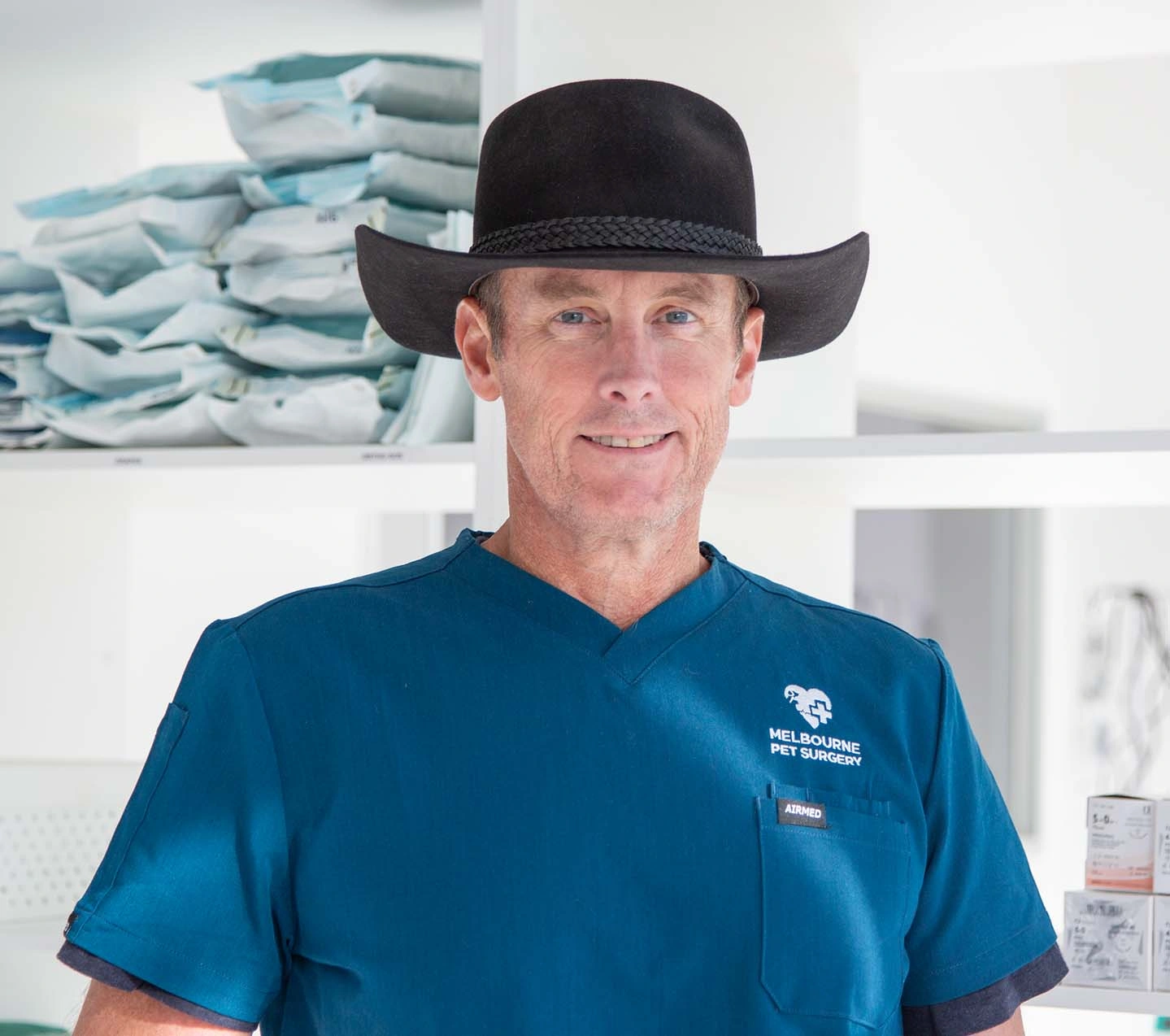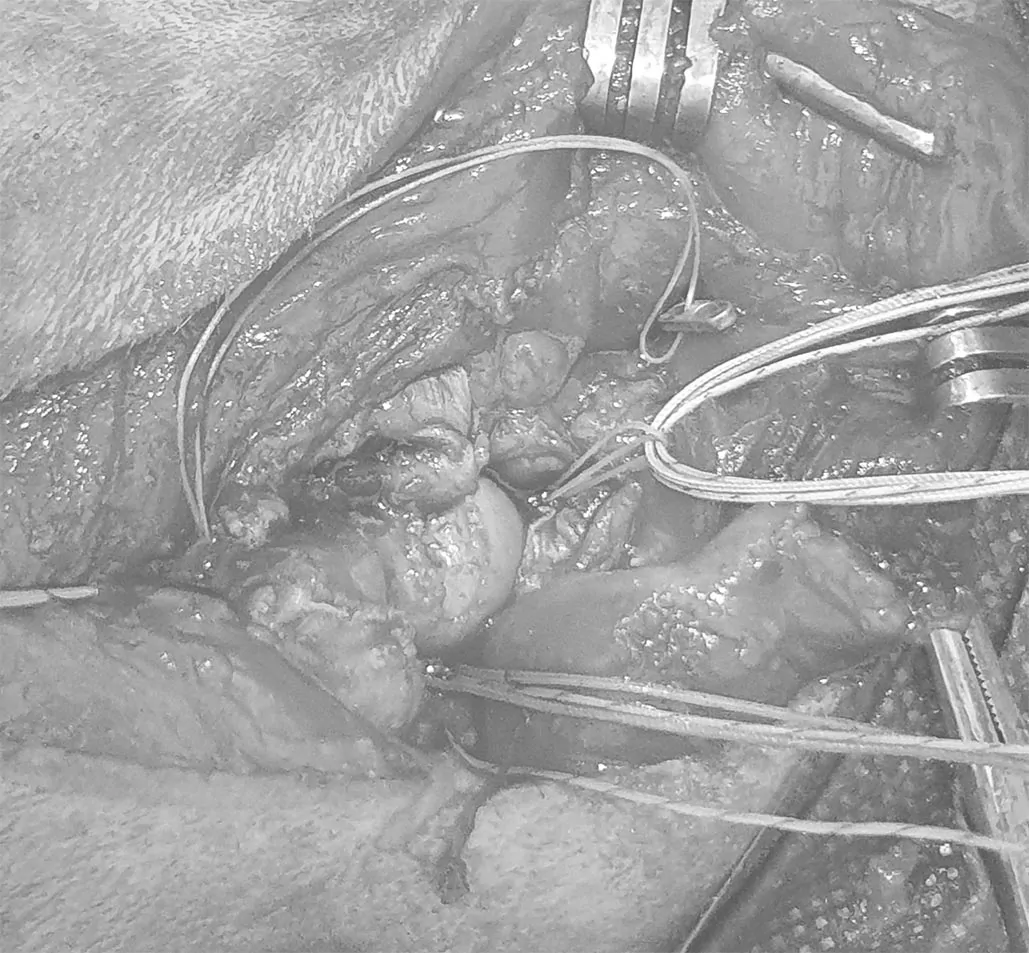Hip Dislocation
What is a Hip Dislocation?
A hip dislocation in dogs occurs when the hip slips out of the acetabulum (hip socket). This is most common after a sudden, severe trauma, such as a car accident, but it can also occur after less severe trauma where the hip joint is abnormal, such as hip dysplasia.
Manual hip replacement under general anaesthesia is the quickest and cheapest option; however, in most cases, the hip will re-dislocate in the hours and days following surgery.
Surgically removing the Femoral Head and Neck (FHNE) to stop bone and bone contact between pelvis and femur works well for many cats and dogs but is essentially a salvage procedure as a last resort due to cost.
Surgically replacing the hip and holding it in place with a toggle pin through the pelvic acetabulum and using Arthrex fibre wire through the femoral head and neck allows for a return to normal or near-normal function in as little as six weeks.
Cost
Hip dislocation surgery at Melbourne Pet Surgery costs around $3,000 to $3,500
Optional pre-anaesthetic blood test available for all surgeries (additional cost)
Aftercare
The post-surgery care for hip dysplasis in dogs is simple and consists of cage rest with on-lead toilet walks for four weeks to allow structures such as joint capsules and muscles to heal. Between four and six to eight weeks, take increasingly longer walks several times per day to enable muscle strength to return and full return of hip mobility before going off lead as soon as 6-8 weeks post-surgery.

Meet Dr. Scot Plummer
BVSC(HONS)
Dr Plummer has always had a deep love for animals and graduated from the University of Queensland with Honours. in his Bachelor of Veterinary Science. After the success of his Brisbane clinic, Dr Plummer has launched Melbourne Pet Surgery with the goal of lowering the cost of high-quality pet care for all Melburnians.
